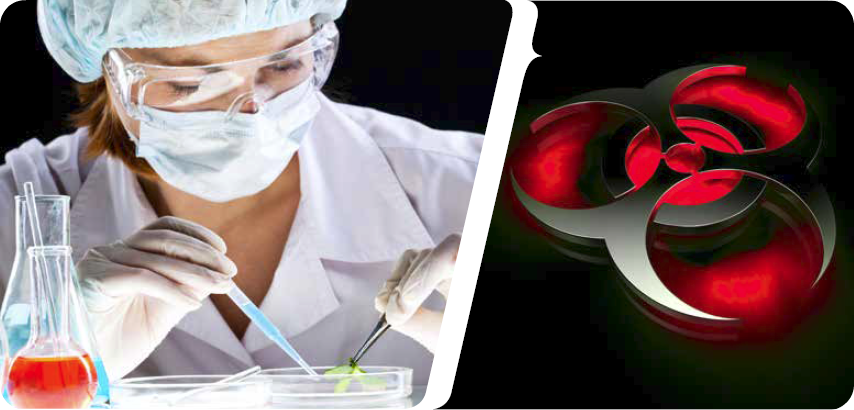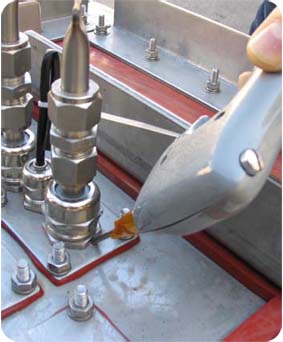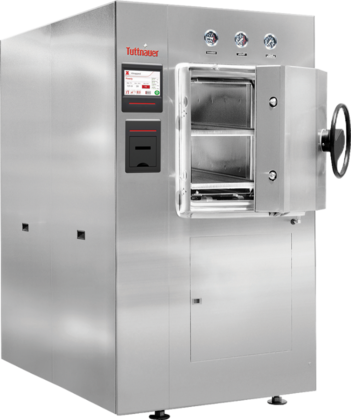
In today’s society the need for safe bio-containment systems is increasingly important. This is especially true in the sterilization process where standard autoclaves cannot deal with the threat posed by harmful pathogens and other contaminated materials that are emitted from BSL3/4 laboratories.
Tuttnauer is at the front lines, continuously creating new standards in the field of bio containment. With years of experience in the market, Tuttnauer produces reliable and safe bio- containment systems.
BSL Considerations
Special autoclave design consideration is given to:
- Autoclave and piping components
- Biological seal (Bio-shield)
- Effluent sterilization cycle
- Filter sterilization
- Safety valves and expansion vessel
Specifically designed for use with steam systems that demand the highest safety conditions. 316L grade stainless steel is used for the chamber, piping and fittings. The inner chamber walls have a mirror like polished finish (Ra < 0.4μm) to create a smooth surface.
Chamber Drain Valve Area
The chamber drain valve area is the coldest spot in the chamber. Tuttnauer BSL autoclaves resolve this problem by applying steam directly to the chamber drain valve area.
Hot-Well
The hot-well is a stainless steel water reservoir in which the feed water is heated to 80-90°C prior to entering the steam generator. The hot-well facilitates the removal of non-condensable gases.
Safety Valve
A safety valve is fitted to the chamber. Steam blasts from the safety valve are captured and condensed in an expansion vessel (optional) and then decontaminated before discharge to drain. Any remaining gases are treated via a microbiological sanitary air filter (optional).
Diaphragm Valves
Separate diaphragm valves (optional) for steam to the jacket and chamber prevent contamination from entering the valve mechanism.
Tri-clamp fittings
Tri-clamp fittings (optional) provide uniformly smooth and crevicefree self-aligning joints for non–contaminating steam flows. They minimise the possibility of external contamination penetration through the valves and piping connection areas.
Separate Jacket and Chamber Connections
Separate jacket and chamber connections (optional) prevent contamination from entering the jacket. With this option the jacket is completely separated from the chamber.
- Jacket Frame – A fully welded metal flange with threaded studs surrounds the jacket. A counter plate is attached to the flange using the nuts provided. Any necessary fittings for electrical connections pass through this section of the bio-shield via specially sealed conduits.
- Wall Frame – A wall frame is built into the concrete wall of the building. Continuous neoprene sealing is used to seal the sterilizer completely in the aperture in the wall.



















